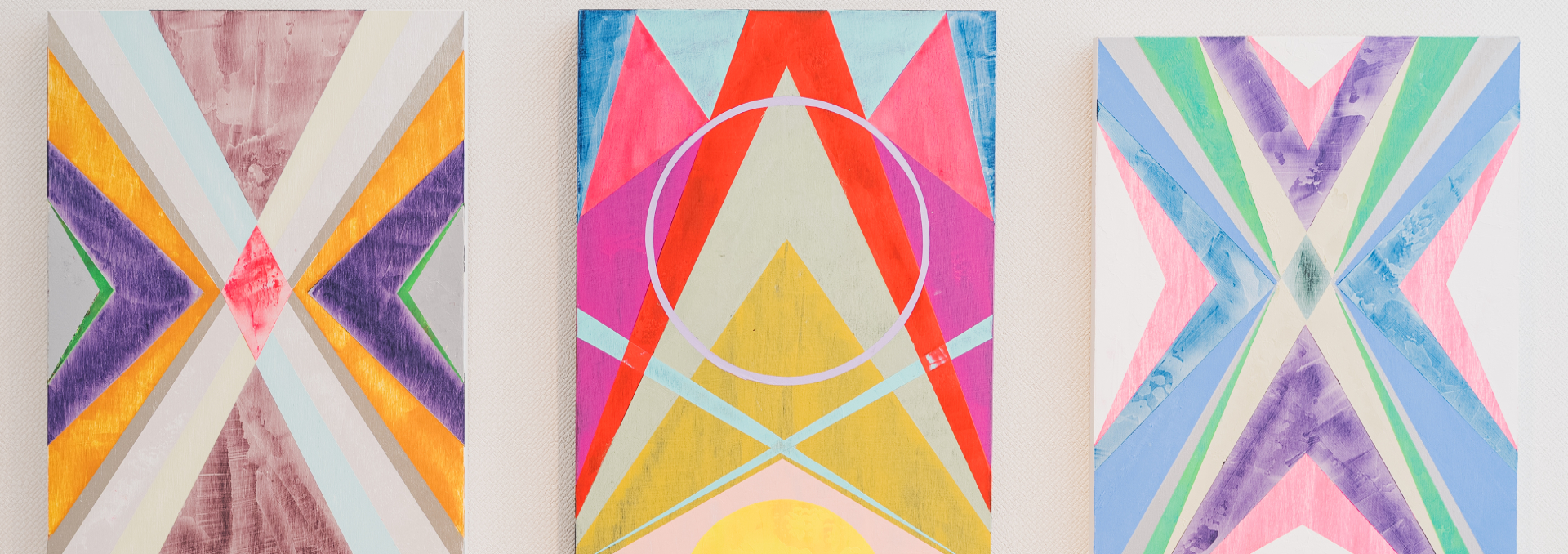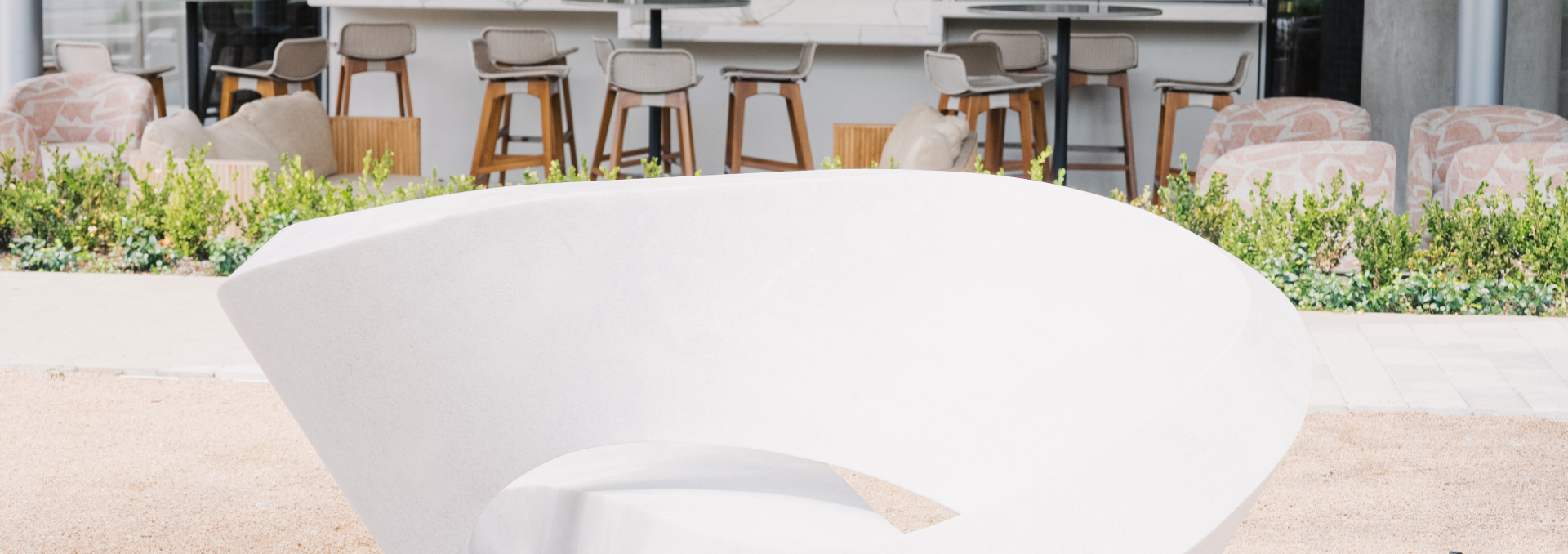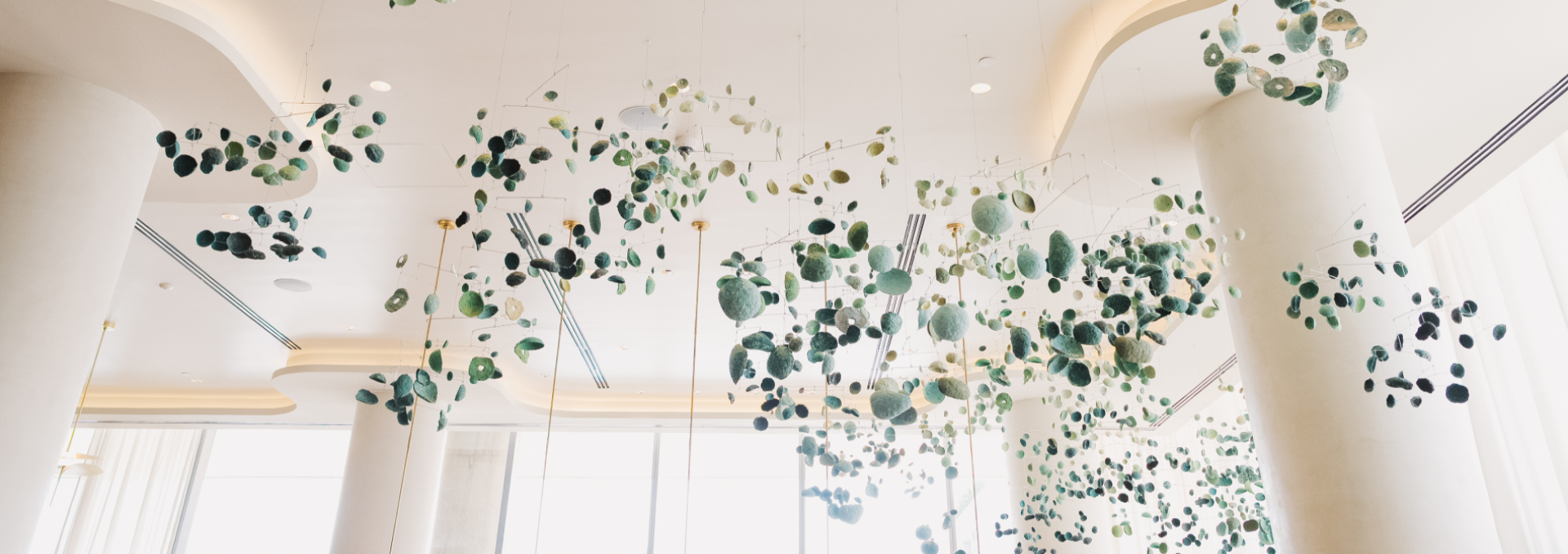Cool + Collected, Frisco Art
It's OK To Stare
Our Art Gallery
Our Artists
Lucian Perkins
Two-time Pulitzer Prize-winner Lucian Perkins is an independent photographer and filmmaker whose documentary work often focuses on human-interest stories encompassing daily life and social issues in the United States, in addition to conflicts and crises overseas. He is known for an approach that counterpoints a deep sympathy for his subjects with an ability to expose their hopes and foibles, and for a style that combines formal clarity with, from time to time, an offbeat humor.
Elisabeth Condon
Elisabeth Condon's paintings fold references to scroll painting and the decorative wallpapers of her childhood home into multi-layered landscapes. She prefers pouring, splattering, or pressing paint to have unpredicted results, instead of using just a paintbrush. Condon's work is often described as a cross between scenic landscapes and colorful abstractions in increasingly multi-layered compositions.
Avish Khebrehzadeh
Avish Khebrehzadeh's work extends to drawing, painting, and animation. Rendered delicately and with a calligraphic line, the animals and human figures that populate her compositions appear isolated from each other and their surroundings. Her chosen subjects often invoke an imagined reality. Although concrete and accessible, Khebrehzadeh's visual vocabulary retains a sense of mystery, which leaves space for our imagination.
Andrew Zimmerman
Andrew Zimmerman creates work that investigates the intersection between painting and sculpture, art and design, the hand-made and the mass-produced. For much of his career, he has been exploring materials that stand outside traditional art making and addressing ideas of interchangeability and mass production.
Cameron Welch
Amanda Williams
Christina Hejtmanek
Elliott Hundley
Georgia Saxelby
Katherine Tzu-Lan Mann
Maggie Michael
Maria Luz Bravo
Maria Magdalena Campos Pons
Reginald Madison
Woody De Othello
Bettina Weiß
Carmen Neely
John Hitchcock
Linn Meyers
Nan Goldin
Pedro Reyes
Samara Weaver
Steven Cushner
Tomo Campbell
Yuko Nishikawa
Meet Our Art Curator
Virginia Shore
Virginia Shore
Having worked with over 6,000 artists and installed more than 10,000 works in 200 embassies and consulates, Virginia Shore's bold art direction is thoughtful, timely and progressive. As the Chief Curator at the State Department for the Office of Art in Embassies (AIE), Shore established and led the first art acquisitions program for the U.S.
Department of State, further expanded the mission to include artists for the host countries, and founded the Department's first "Medal of Arts" award that has been awarded to artists globally. Leveraging her worldly perspective and experience, Shore's intention for the HALL Park Hotel's collection of work from contemporary living artists is to challenge universal conversations and celebrate the world around us. "Much like the district it resides in, HALL Park Hotel provides a platform for exceptional artists from Texas and beyond," says Shore. "The artists in the collection range from emerging to established with a focus of diversity, equity and inclusion. There are numerous works in the collection that address issues of today. The works are intended to inspire, activate, and connect with the viewer, they are subtly provocative. They pull us in and encourage conversation, as well as celebrate the world around us.




